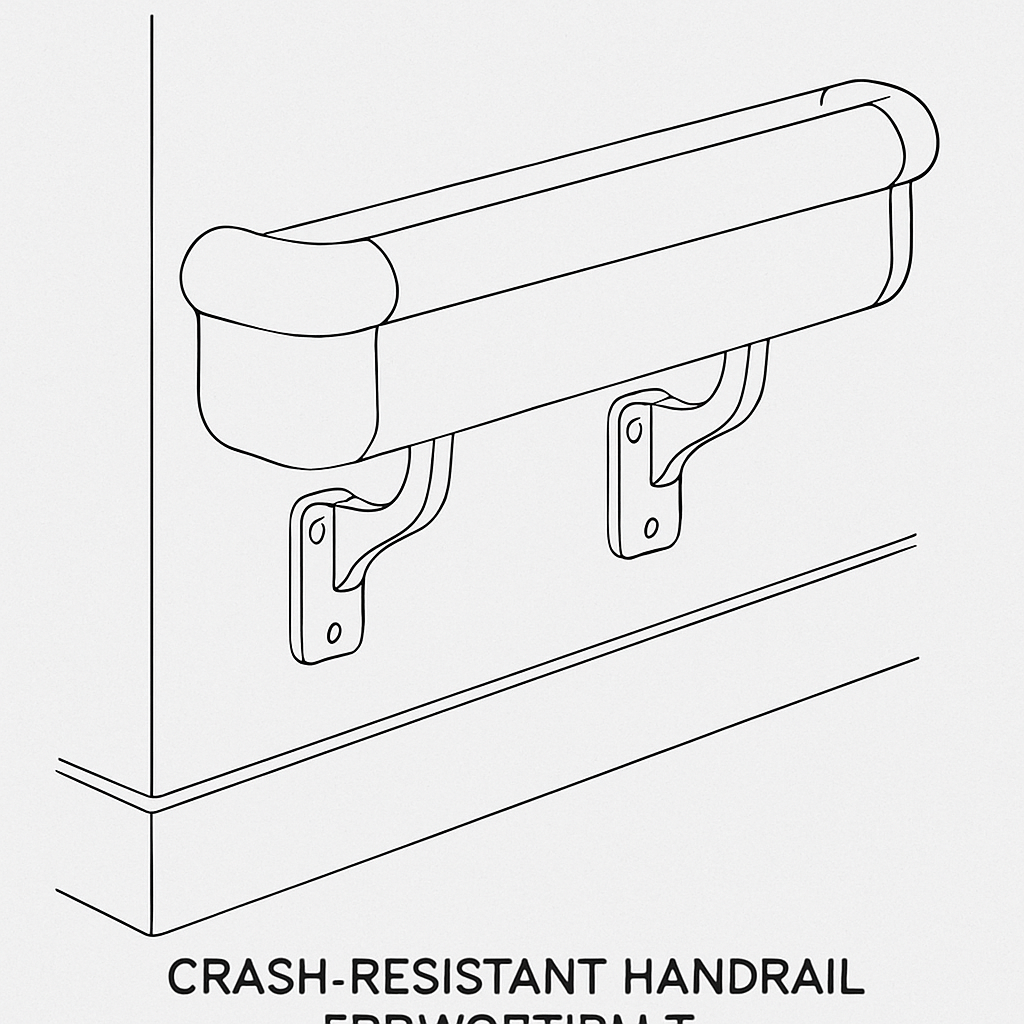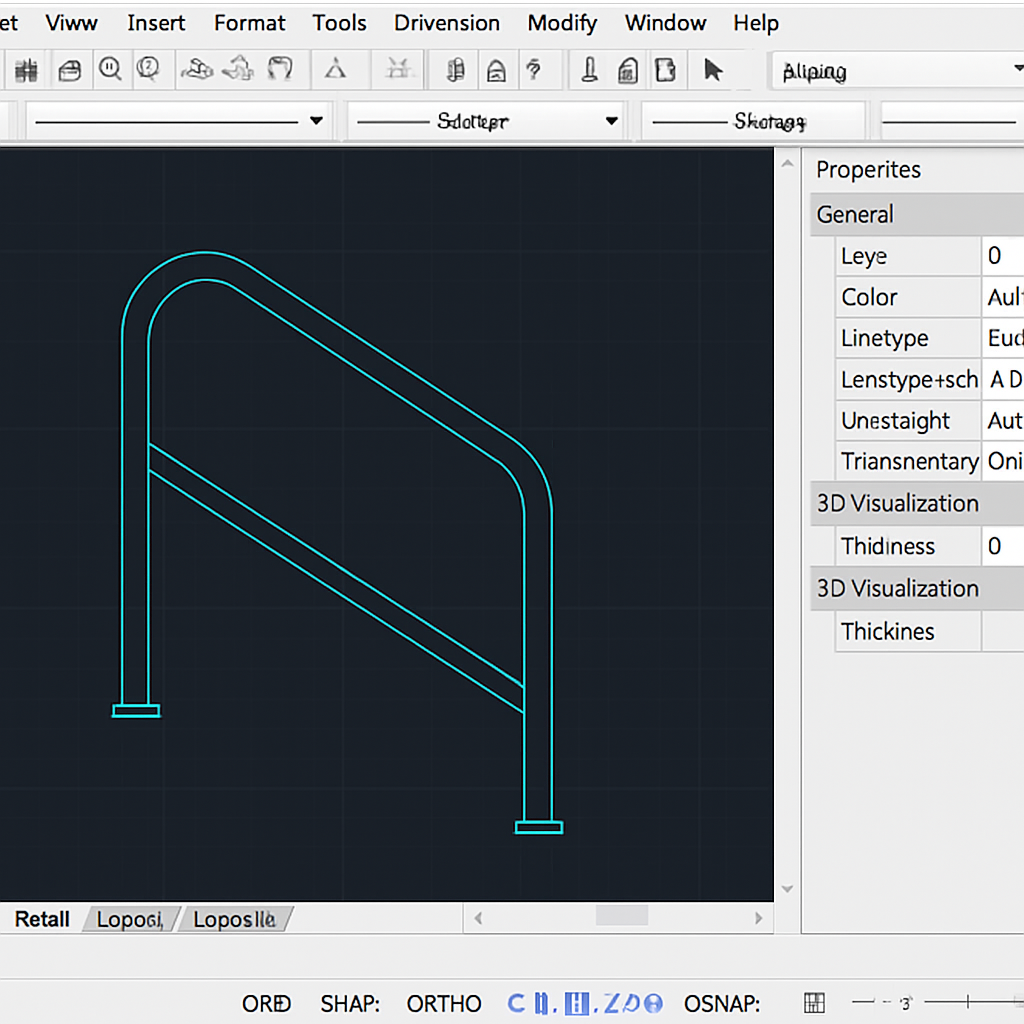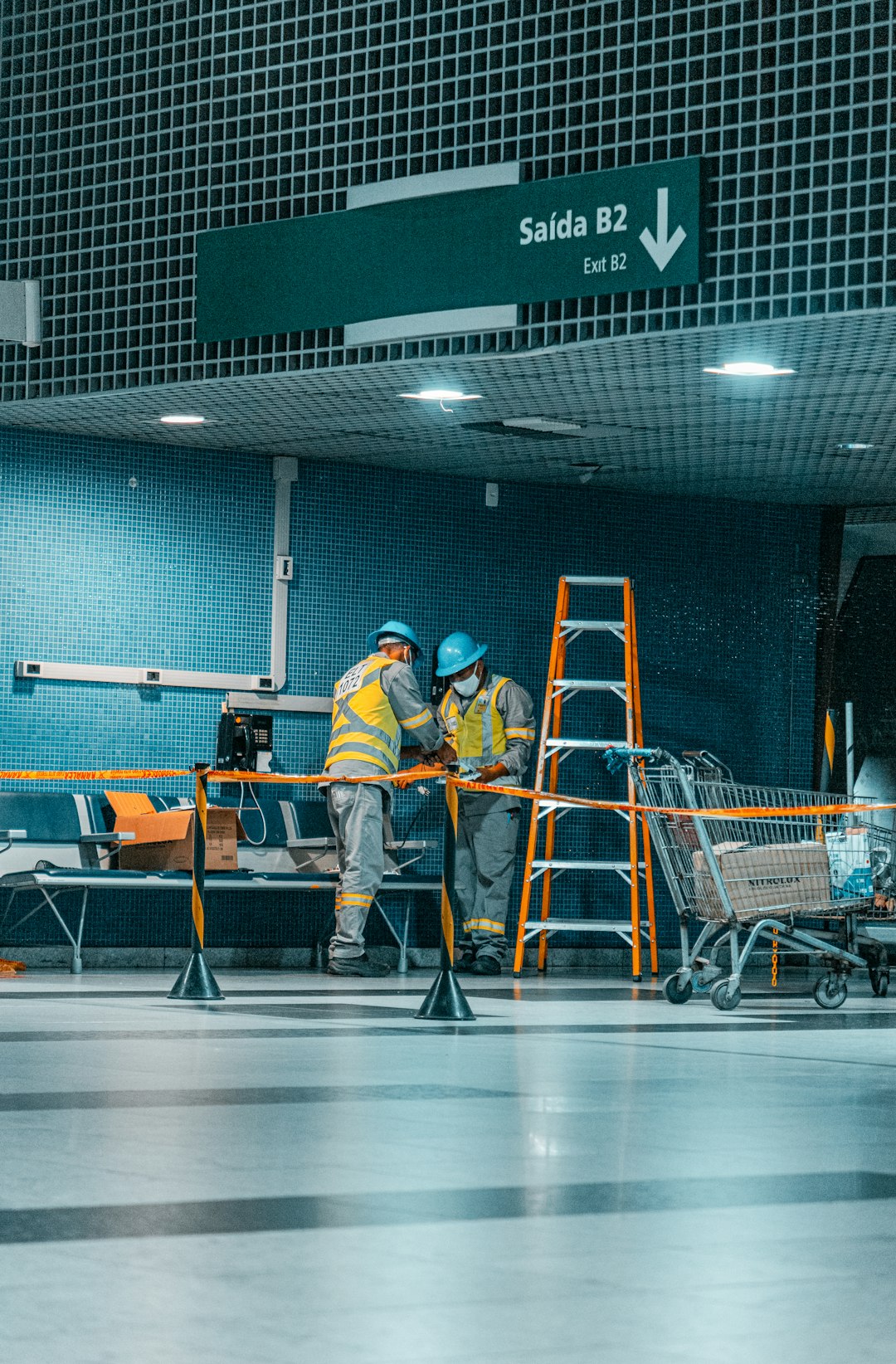 Service Hotline:13510328459
Service Hotline:13510328459
 205-206, 2nd Floor, Building 2, Xiazao Village Industrial Zone, Gaofeng Community, Dalang Street, Longhua District, Shenzhen City
205-206, 2nd Floor, Building 2, Xiazao Village Industrial Zone, Gaofeng Community, Dalang Street, Longhua District, Shenzhen City
 Service Hotline:13510328459
Service Hotline:13510328459
 205-206, 2nd Floor, Building 2, Xiazao Village Industrial Zone, Gaofeng Community, Dalang Street, Longhua District, Shenzhen City
205-206, 2nd Floor, Building 2, Xiazao Village Industrial Zone, Gaofeng Community, Dalang Street, Longhua District, Shenzhen City
Time:2025-09-23 Preview:
In the fast-paced environment of hospitals, safety is paramount. One critical aspect of ensuring safety is the implementation of crash-resistant handrails. These handrails are designed to withstand impact and prevent injuries, making them an essential component in hospital design. This article will guide you through the significance of crash-resistant handrail CAD drawings and how they contribute to a safer hospital environment.
Crash-resistant handrails are built to endure significant force without bending or breaking. They are commonly installed in areas with high traffic, such as hallways, staircases, and patient rooms. These handrails not only support patients and staff but also act as a protective barrier against accidental impacts.
Hospitals are bustling places, often filled with patients, visitors, and medical personnel moving quickly. In such environments, the chances of accidental bumps and crashes are high. Crash-resistant handrails help mitigate these risks by offering sturdy support and reducing the likelihood of accidents.

Computer-Aided Design (CAD) drawings play a crucial role in the planning and installation of crash-resistant handrails. These detailed schematics provide a visual representation of the handrail's design, materials, and installation process.
Precision and Accuracy: CAD drawings ensure that every aspect of the handrail design is meticulously detailed, leading to precise installations.
Customizable Designs: Hospitals can customize handrail designs to fit specific needs and architectural styles, ensuring both functionality and aesthetics.
Efficient Planning: With CAD drawings, architects and engineers can plan the installation process more effectively, identifying potential issues before they arise.
By using CAD drawings, hospital administrators and construction teams can visualize the placement and structure of handrails. This foresight allows for adjustments to be made in the design phase, ensuring that the final installation maximizes safety and accessibility.

When creating CAD drawings for crash-resistant handrails in hospitals, several key features must be considered:
Material Specifications: The drawings should specify materials that can withstand high impact, such as stainless steel or reinforced aluminum.
Load Capacity: Handrails must be designed to support a significant amount of weight, catering to both patients leaning on them and potential impacts.
Height and Accessibility: The height of the handrails should comply with accessibility standards, ensuring they are within reach for all individuals, including those with disabilities.
Integration with Building Design: The handrails should complement the overall design of the hospital, maintaining a balance between safety and aesthetic appeal.

Implementing crash-resistant handrails in hospitals involves several steps, from design to installation. Here's a comprehensive guide:
Before creating CAD drawings, conduct a thorough assessment of the hospital's needs. Identify high-traffic areas and potential impact zones where crash-resistant handrails are most necessary.
Use CAD software to design handrails that meet the specific requirements of the hospital. Ensure that the designs adhere to safety standards and regulations.
Choose materials that are both durable and suitable for the hospital environment. Consider factors such as corrosion resistance, maintenance requirements, and cost-effectiveness.
Plan the installation process meticulously. CAD drawings can help in visualizing the placement of handrails, determining anchor points, and ensuring that the installation team is well-prepared.
Once installed, regular maintenance and inspection are crucial to ensure the longevity and effectiveness of crash-resistant handrails. Schedule routine checks to identify and rectify any wear and tear.
The implementation of crash-resistant handrails offers several advantages, making them a worthy investment for hospitals:
Enhanced Safety: They significantly reduce the risk of injuries due to slips, falls, or accidental collisions.
Durability: Made from robust materials, these handrails are designed to last, providing long-term safety solutions.
Compliance with Regulations: Installing crash-resistant handrails ensures that hospitals comply with safety standards and regulations, avoiding potential legal issues.
Improved Patient Confidence: Patients and visitors feel safer and more secure, knowing that the hospital is equipped with high-quality safety features.
Crash-resistant handrails are an integral part of hospital safety infrastructure. By utilizing CAD drawings, hospitals can ensure precise design and installation, maximizing the effectiveness of these safety features. Whether it's providing support to patients or preventing accidents in high-traffic areas, crash-resistant handrails play a vital role in creating a secure hospital environment.
Incorporating these handrails into your hospital's design is not just about compliance; it's about prioritizing the safety and well-being of everyone who walks through your doors. Make the investment in crash-resistant handrails today for a safer, more secure tomorrow.
